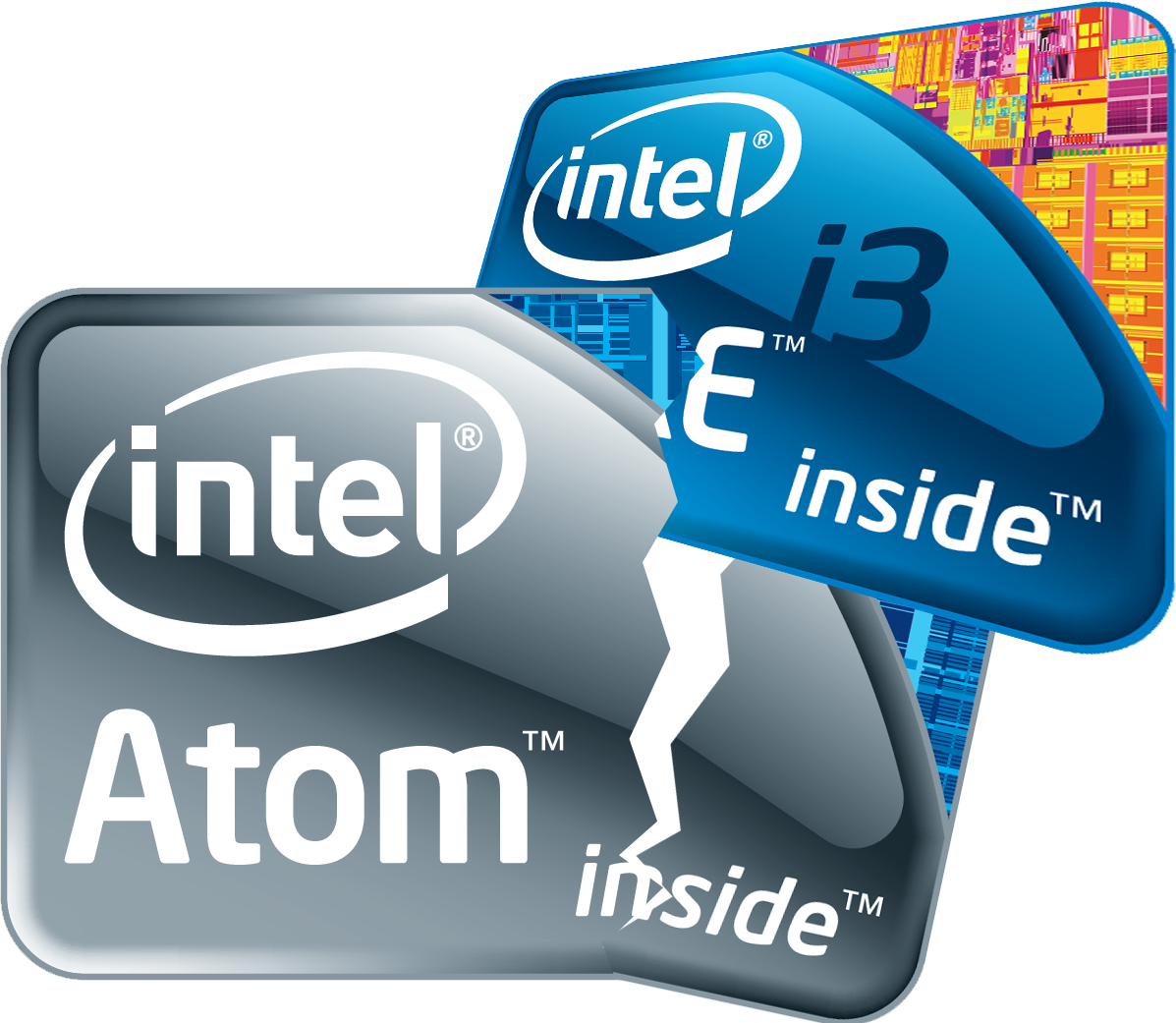Efficiency Analysis: Core i3 Trumps Atom On The Desktop
Atom was designed to be a low-cost, low-power solution, but its value in the desktop space is debatable if you consider performance. We pit the cheapest Core i3 against Intel's Atom on a performance-per-dollar and a per-watt basis to see which is better.
Power And Efficiency: Atom Versus Core i3
This is no apples to apples comparison here. The two products we're pitting against each other belong in different market segments, with Intel’s latest Pinetrail-based Atom platform going up against Core i3. Atom solutions are meant to be cheap and small, while Core i3 is a fully featured and far more powerful processor for desktops.
Still, because both are aimed at the value segment of the market, it's understandably easy to confuse their roles and capabilities. This review should make it clear just how dissimilar these two chips really are.
Plenty of PC buyers are looking for versatile, low-cost PC solutions. Such systems have to deliver adequate performance and should not require more power than necessary. It's also important to point out that we’re not focusing on performance or power consumption alone, but on balancing performance, power, and cost together.
Atom vs. Core
With Atom-based nettops and netbooks available for only a few hundred dollars, Atom is clearly cost-effective and power-conscious. Both attributes are great, and they enable Intel to address new markets sensitive to even lower price points, such as emerging countries. But then, Atom was never meant to be a strong performer. Consequently, it's not a great choice for anyone who does more on his or her PC than write emails and surf the Web. Frankly, Atom can't even beat an old Pentium 4 on performance.
Intel’s desktop processor lineup also requires a critical view. Although today's Core offerings deliver higher performance, lower power consumption, and thus, much improved efficiency over their Core 2 predecessors (as well as the AMD competition), Intel's mainstream chips carry higher overall costs. Whether we're talking about the processor, chipset, or platform, the full range of products, from Core i3 to Core i7, is consistently more expensive than AMD’s portfolio.
Atomic Fission
Get Tom's Hardware's best news and in-depth reviews, straight to your inbox.
Our 2008 article Core 2 Nukes Atom on the Desktop compared an Atom 230 against a very basic Core 2 Duo E7200. We found that the system idle power of a mainstream Core 2 Duo system was quite similar to an Atom system’s power requirements. However, power consumption has to relate to performance, because a slow, low-power system might require much more power to complete intensive workloads if it needs more time to finish the job, too. Only a few months later, we updated our comparison and put the dual-core Atom 330 against the same Core 2 Duo platform. It did better, but even the dual-core Atom still trailed in the distance.
Why is This Shootout Important?
Style is a great persuader, and the attractive cost of many Atom solutions might lure the uninformed. Many Atom systems can't even play HD content without stuttering or responsively multitask while decompressing a ZIP file. Users who care about cost, power, and performance should read on.
Current page: Power And Efficiency: Atom Versus Core i3
Next Page The Predecessor: Atom 230 And ECS 945GCT-D